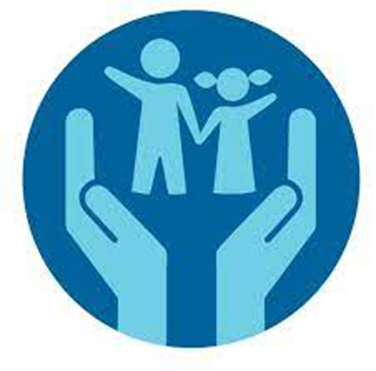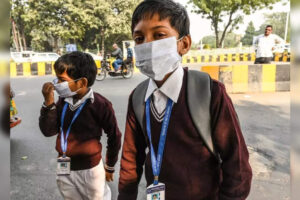Class VII Life Skills: Understanding Child Rights
Life Skills & Value Education – CLASS-VII – UNIT-4 Child Rights

About 200 years ago the human population on the planet was 1 billion. At the time India got its independence, the world’s population grew to more than 2 billion. By the end of the last century, it was already 6 billion Plus. In 2020 there were 7.8 billion (children 1.9 billion )people and India’s population was 1.4 billion (more than 40% were children)
Millions of children in India still living on the streets work as bonded labourers, do not get enough food and lack access to life, to safe drinking water and education. The conclusion is simple .A lot is to be done for children .After all they are the future of the nation. Mid-day meal scheme under Sarv Shiksha Abhiyan is one such effort by the government which provides free hot, cooked and nutritious meals to 130 million children from classes 1 to 8 enrolled in 1 million Government schools and madrasas. Right to Information Act aims to empower citizens, promote transparency and restrict corruption. One can seek necessary information about various government schemes through an application –www.rti.gov.in .
Concerned grown-ups all over the world and in India want children to be healthy, happy and safe. They have formed rules for child safety. These rules are called child rights, something that a person must have or be provided with, as it is essential for their survival, protection and development.
Every child should have access to their rights. All children have these rights and have the same right irrespective of who they are, where they live, what their parents do, what language they speak or the religion they practice. It doesn’t matter what gender they belong to, what their culture is, whether they have a disability, or whether they are rich or poor. No child should be treated unfairly. Even governments cannot treat children in an unfair way. As recently as three decades ago in 1989, governments of various countries came together for the first time in history, at a convention under the UN-United Nations Organization- to discuss what children need and what is good for them. Eventually, almost all the countries agreed to the mandate/ ruling that was laid down in the convention, for example, any person below 18 years is a child. They also agreed on four basic child rights.
1. Right to Survival: Children have the right to food, clothing, a safe place to live and to have their basic needs met.
2.Right to Protection: Children have the right to be protected from being hurt, mistreated and exploited in Body or mind.
3.Right to Participation: Children have the right to find out things and share what they think with others by talking, drawing, writing or in any other way, unless it harms or offends people.
4.Right to Development: Children have the right to good quality education as well as rest and play. All the rights that one has are not independent of each other. They are to be carefully and continuously balanced out with the rights of others.
Some other child rights based on the four basic rights guaranteed by the constitution are :
1.Right to free and compulsory elementary education for all children till the age of 14 years .
2.Right to be protected from any hazardous employment till the age of 14 years.
3.Right to be protected from being abused and forced by economic necessity to enter occupations unsuited to their age or strength.
4.Right to equal opportunities and facilities to develop in a healthy manner and in conditions of freedom and dignity and guaranteed protection of childhood and youth against exploitation and against moral and material abandonment. 5.Right to early childhood care and education to all children until they complete the age of six years.

Download PDF : ashamodernschool.in Class-7-Life-Skills-2025-26



